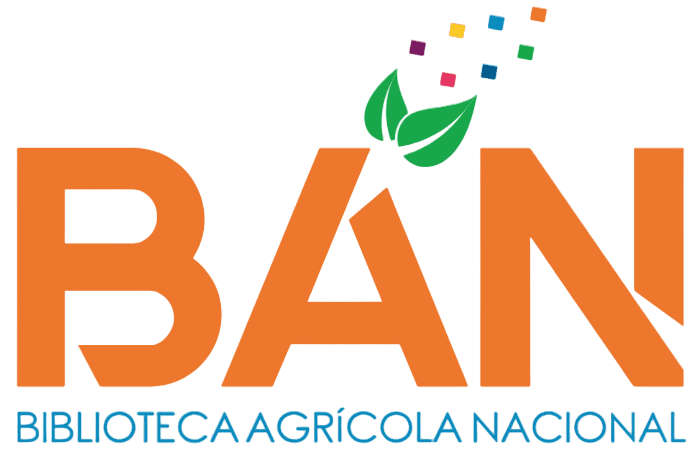Nanopartículas de arcilla como aditivo alternativo para modificar la textura y estabilidad del gel de surimi de pota (Dosidicus gigas)
Loading...
Authors
Medrano Torres, Gabriela Norley
Contact Email
Abstract
El propósito de la presente investigación fue evaluar el efecto de la incorporación de nanopartículas de arcilla comestible y de la presencia de suwari en las propiedades texturales del gel de surimi de pota. Para la preparación del surimi se emplea la tecnología de lixiviación, en la cual el manto de pota es sometido a lavados sucesivos con soluciones ácida, salina y alcalina para la eliminación del sabor ácido/amargo propio de la misma. Se prepararon formulaciones que incluían controles, tratamientos con transglutaminasa y tratamientos con arcilla. Para la determinación de la cantidad más adecuada de nanopartículas de arcilla añadidas al gel de surimi de pota se emplearon dos tipos de análisis (físicoquímico y sensorial). El análisis físicoquímico se llevó a cabo realizando un diseño de bloques completamente al azar, en el cual se consideraron dos factores: la concentración del aditivo (con niveles de 0%, 0.5%, 1%, 2%, 3%, 4% y 5% para la arcilla y 0.5% y 1% para la transglutaminasa) y la presencia o ausencia de suwari, siendo los parámetros evaluados pH, fuerza del gel, perfil de textura, capacidad de retención de agua, prueba de doblez y análisis de color. El otro análisis consistió en una evaluación sensorial comparativa entre los tratamientos con 3% y 5% de arcilla en presencia de suwari (A3CS y A5CS). Los resultados mostraron que la adición de nanopartículas de arcilla tuvo efectos significativos en la mejora de la fuerza y la cohesión del gel. De forma general, los tratamientos con 5% de arcilla presentaron el mayor promedio de fuerza del gel (272.54gxcm) y la mayor dureza (468.89gf), indicando una estructura más robusta y resistente, mientras que el tratamiento A3CS (3% de arcilla con suwari) evidenció mejores parámetros de color (79.58 de luminosidad y 77.92 de blancura), lo que se tradujo en una mayor aceptabilidad sensorial en dicha característica.
The purpose of this research was to evaluate the effect of incorporating edible clay nanoparticles and the presence of suwari on the textural properties of squid surimi gel. For the preparation of the surimi, leaching technology was used, in which the squid mantle is subjected to successive washes with acidic, saline, and alkaline solutions to remove its characteristic acidic/bitter taste. Formulations were prepared including controls, treatments with transglutaminase, and treatments with clay. To determine the most suitable amount of clay nanoparticles added to squid surimi gel, two types of analyses were employed (physicochemical and sensory). The physicochemical analysis was conducted using a completely randomized block design, in which two factors were considered: the concentration of the additive (with levels of 0%, 0.5%, 1%, 2%, 3%, 4%, and 5% for clay, and 0.5% and 1% for transglutaminase) and the presence or absence of suwari. The evaluated parameters were pH, gel strength, texture profile, water-holding capacity, folding test, and color analysis. The other analysis consisted of a comparative sensory evaluation between the treatments with 3% and 5% clay in the presence of suwari (A3CS and A5CS). The results showed that the addition of clay nanoparticles had significant effects on improving the strength and cohesion of the gel. Generally, the treatments with 5% clay exhibited the highest average gel strength (272.54 g×cm) and the greatest hardness (468.89 gf), indicating a more robust and resistant structure, while the A3CS treatment (3% clay with suwari) demonstrated better color parameters (79.58 luminosity and 77.92 whiteness), which translated into greater sensory acceptability for this characteristic.
The purpose of this research was to evaluate the effect of incorporating edible clay nanoparticles and the presence of suwari on the textural properties of squid surimi gel. For the preparation of the surimi, leaching technology was used, in which the squid mantle is subjected to successive washes with acidic, saline, and alkaline solutions to remove its characteristic acidic/bitter taste. Formulations were prepared including controls, treatments with transglutaminase, and treatments with clay. To determine the most suitable amount of clay nanoparticles added to squid surimi gel, two types of analyses were employed (physicochemical and sensory). The physicochemical analysis was conducted using a completely randomized block design, in which two factors were considered: the concentration of the additive (with levels of 0%, 0.5%, 1%, 2%, 3%, 4%, and 5% for clay, and 0.5% and 1% for transglutaminase) and the presence or absence of suwari. The evaluated parameters were pH, gel strength, texture profile, water-holding capacity, folding test, and color analysis. The other analysis consisted of a comparative sensory evaluation between the treatments with 3% and 5% clay in the presence of suwari (A3CS and A5CS). The results showed that the addition of clay nanoparticles had significant effects on improving the strength and cohesion of the gel. Generally, the treatments with 5% clay exhibited the highest average gel strength (272.54 g×cm) and the greatest hardness (468.89 gf), indicating a more robust and resistant structure, while the A3CS treatment (3% clay with suwari) demonstrated better color parameters (79.58 luminosity and 77.92 whiteness), which translated into greater sensory acceptability for this characteristic.
Description
Universidad Nacional Agraria La Molina. Facultad de Pesquería. Departamento
Académico de Acuicultura e Industrias Pesqueras
Keywords
Nanopartículas de arcilla
Citation
Date
2025
Collections
Seleccionar año de consulta:

Excepto si se señala otra cosa, la licencia del ítem se describe como info:eu-repo/semantics/openAccess

